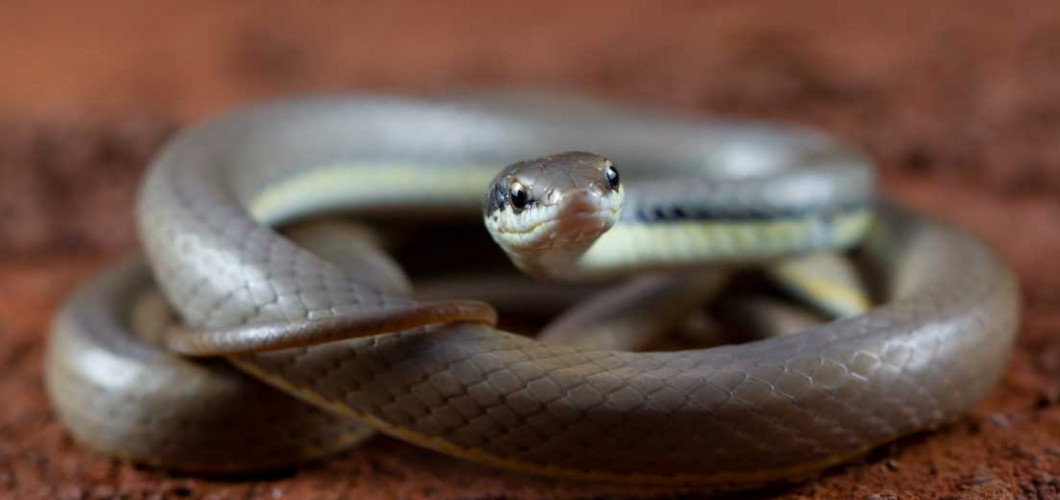
First Aid for Snake Bites: Vital Steps
Reading Time: 15 minutes
A snake bite can be a terrifying and potentially deadly situation. Snakes are classified into two main categories: venomous and non-venomous. Venomous snakes can inject venom when they bite, and this venom can affect various systems of the body, potentially threatening life. Responding correctly and promptly to a snake bite is crucial for survival. In this article, we will discuss how to recognize a snake bite, first aid steps, and emergency intervention for venomous snake bites.
Snakes That Cause Bites and Their Venoms
Snakes can be divided into venomous and non-venomous groups. Venomous snakes release venom through their bite, and this venom can endanger human life. Some of the most well-known venomous snakes in Turkey include:
- Vipera lebetina (Common Viper): Common in the Mediterranean region and can be deadly if bitten.
- Montivipera (Double-headed Viper): Also highly venomous and can cause serious injury when bitten.
- Other Species: Various venomous snake species can be found in other regions. Most snakes give warning signals before attacking, so it's important not to provoke them.
Venomous snakes usually bite in self-defense, so it's important to avoid disturbing them.
Symptoms of a Snake Bite
The effects of a snake bite can vary depending on the species of snake, the location of the bite, and the severity of the bite. When bitten by a venomous snake, the following symptoms may appear:
- Pain and Swelling: Pain, swelling, or redness may occur around the bite site.
- Severe Dizziness or Nausea: As the venom spreads through the body, dizziness, nausea, and vomiting may occur.
- Bleeding: Venom can cause bleeding problems.
- Difficulty Breathing: As the venom spreads, it may lead to respiratory issues, requiring emergency intervention.
- Muscle Weakness: Venomous snakes can inject venom that paralyzes muscles, leading to weakness.
If any of these symptoms occur after a snake bite, it is critical to seek emergency medical help immediately.
First Aid Steps for Snake Bites
Quick and correct intervention is vital to reduce the effects of a snake bite. Below are the first aid steps to follow when a snake bite occurs:
1. Stay Calm and Assess the Situation
The first step after a snake bite is to stay calm. Assess the situation before rushing to help. Is the person conscious? Are there any other symptoms of serious injury? Remaining calm will help you act quickly and efficiently. If the person is unconscious, it may indicate a severe reaction to the venom.
2. Do Not Move the Injured Person
If the person has been bitten and is conscious, avoid moving them unnecessarily. Moving the individual can cause the venom to spread more rapidly throughout the body. Keep the victim as still and calm as possible, and call for emergency help.
3. Keep the Bite Area Still
It’s essential to immobilize the bite area and keep it below the level of the heart. This helps slow the spread of venom through the body. Do not attempt to remove the venom or cut the wound.
4. Identify the Snake and Call for Emergency Help
If you can identify the snake or remember details about its appearance, share this information with the emergency services. Knowing the snake species can help medical teams prepare the appropriate treatment.
5. Do Not Apply Ice to the Bite Area
Applying ice or a cold compress to the bite site is not recommended, as it may worsen the spread of venom. Instead, use a clean cloth to cover the bite and avoid any pressure or tight bandages.
6. Snake Bite Treatment
Antivenom (anti-venom) is the primary treatment for snake bites. In an emergency room, doctors will administer the appropriate antivenom to neutralize the venom and prevent further damage.
Preventive Measures for Snake Bites
- Avoid Snakes: If you encounter a snake, do not provoke it. Move away slowly and calmly.
- Use Protective Gear: When walking in areas where snakes are common, wear long pants and sturdy boots to protect your legs and feet.
- Be Cautious in Nature: Snakes are often found in areas with tall grass, rocky terrain, and woodlands. Being cautious and observant in these areas is essential.
Conclusion
A snake bite can be a serious and potentially life-threatening injury, but with quick and correct first aid, the risk of severe consequences can be minimized. Staying calm, keeping the victim still, and calling for emergency help are crucial steps. Remember, in cases of a venomous snake bite, always seek immediate medical attention.

Leave a Comment